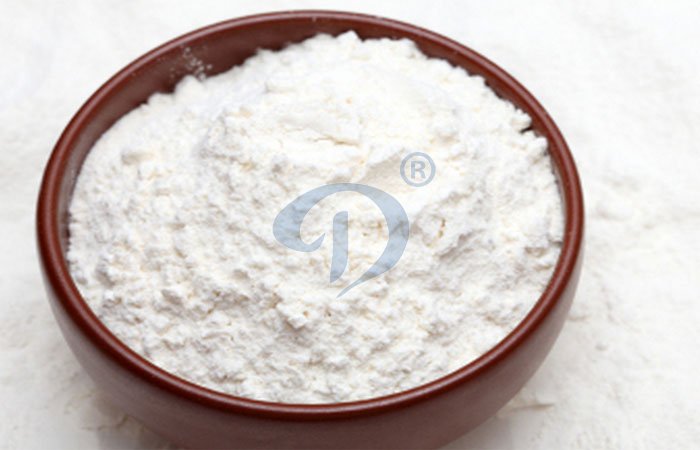The benefits of cassava flour

High quality cassava flour
What is cassava flour?
It’s a type of gluten-free, wheat flour alternative that’s made by grating and drying the fibrous cassava root (yuca). One of the suppliers of cassava flour, calls this product the “next generation in grain-free baking” due to its easy-to-use texture and mild taste. You also might have hard of another popular product made from cassava: tapioca. Tapioca is usually found in stores in the form of small, white pearls made from extracted cassava starch.
The Benefits of Cassava Flour
Our company can supply the complete cassava processing machinery to produce tapioca starch , cassava flour or garri from cassava . If you want to get into the cassava processing business, please contact with us freely .
Leave a message
- WhatsApp:
+8613526615783
- Email:
sales@doinggroup.com
- Tel:
0086 135 2661 5783
- Phone:
0086 371 5677 1822
- Skype:
elina881130
- Address:
No.133 Yaozhai Road, Jinshui District, Zhengzhou City, Henan Province, China
-
 Cassava chips processing machine shipped to Nigeria
Cassava chips processing machine shipped to Nigeria
-
 Factors affecting the price of cassava processing equipment
Factors affecting the price of cassava processing equipment
-
 How to starct cassava production and processing business in Nigeria ?
How to starct cassava production and processing business in Nigeria ?
-
 DOING cassava starch production line successfully delivered to Nigeria
DOING cassava starch production line successfully delivered to Nigeria
-
 Cassava peeling machine shipped to Nigeria
Cassava peeling machine shipped to Nigeria
-
 What are the advantages of automatic starch production line ?
What are the advantages of automatic starch production line ?
-
 Garri processing machines and their prices
Garri processing machines and their prices
-
 New cassava slicer machine are ready to ship to Nigeria
New cassava slicer machine are ready to ship to Nigeria
-
 How profitable is garri processing business in nigeria ?
How profitable is garri processing business in nigeria ?
-
 Factors affecting the price of garri processing machine
Factors affecting the price of garri processing machine
-
 What is high quality cassava flour, how to produce high quality cassava flour ?
What is high quality cassava flour, how to produce high quality cassava flour ?
-
 How to process cassava into cassava chips ?
How to process cassava into cassava chips ?
-
 Cassava starch manufacturing process
Cassava starch manufacturing process
-
 How to maintain cassava starch processing equipment ?
How to maintain cassava starch processing equipment ?
-
 How to extract cassava starch ?
How to extract cassava starch ?
-
 How to make cassasva starch?
How to make cassasva starch?
-
 Water, electricity, steam and land deploy in starch processing plant
Water, electricity, steam and land deploy in starch processing plant
-
 How profitable is cassava starch made?
How profitable is cassava starch made?
Leave a message

Tel/Whatsapp:
+8613526615783



